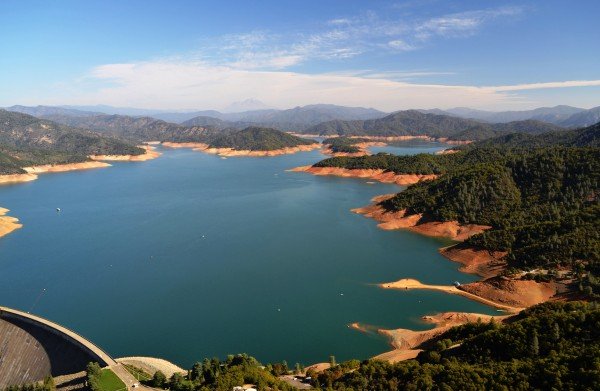In California where a four-year historic drought had depleted the state’s largest water reservoir, there was good news this week as Lake Shasta dramatically rose 25 feet, up to 110 percent of its average water level.
But state water officials are saying not so fast. The drought is not over. Other reservoirs have not been as lucky.
The El Nino rain spurt expected this winter did not materialize like forecasters had predicted. Above average snow melt and a few good showers in March helped to bring the levels at Lake Shasta and Lake Oroville in Northern California, but many others are still below their historic levels.
“One average season does not overcome the effects of four dry years, and precipitation (rain and snow) has been well below average in Southern California as well as some areas in Northern California,” reports the California Department of Water Resources.
Officials cautioned that the good news up north still means people should continue conserving water as groundwater reserves and water reservoirs in Southern California are still well below their historic average.
The reason certain reservoirs fill up faster than others has to do with where they receive their water. Lakes are fed by a combination of snow melt and rainfall, while some draw from multiple streams and lakes and others from fewer.
Lake Shasta is fed by 70 percent from rain through a vast network of watersheds. With the levels so dramatically increased this week, the lake is back on top as the country’s number 1 recreational lake. Earlier this year, low water levels had seriously dampened recreation.
Photo credit: US Bureau of Reclamation








